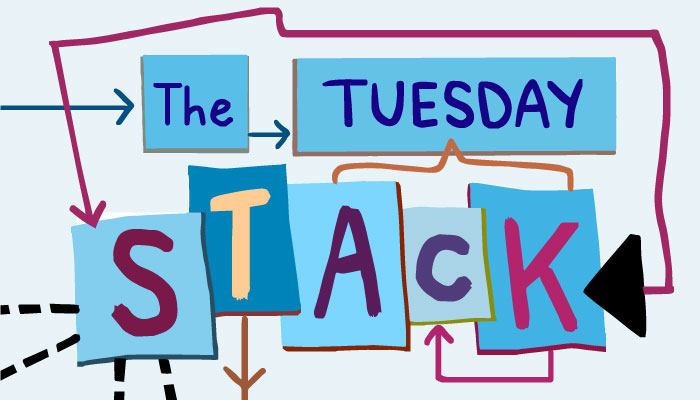You need to know: Cardlytics
Why? Because their business model is unusual, intriguing, and will get you thinking about data use, and whether there are spaces other than the banking industry where opportunities like this exist.
Banking? Does this mean Cardlytics is a fintech offering? No, it’s actually a native ad platform which delivers deals through the proprietary digital channels of banks like Chase and Bank of America. If you’re a client of those banks, when you see Chase Offers or BankAmeriDeals, that’s Cardlytics at work.
Last night, Cardlytics — which went public last year — rang the closing bell at the Nasdaq. As the chimes fell silent, I asked CMO Dani Cushion to explain how it all worked.
“Let me start with a little background,” she said. “The company was founded by Scott Grimes and Lynne Laube, eleven years ago. They were ex-bankers, executives at Capital One. Banks were then looking at loyalty programs as a cost center. Their idea was to glue together the fragmented pieces of purchase data, and use an advertising-funded model to drive loyalty rewards for banks, we’d have something pretty interesting.”
Cardlytics works with advertisers — retailers, restaurants, telcos, travel companies — to run campaigns within the channels banks use to communicate with their customers. “Since we work with banks, we have a view into about $2.8 trillion in spend, all anonymized. We don’t need PII to do what we do, and we don’t want it. For an advertiser, we look at where these IDs have spent in the past, and we target cash back offers accordingly.”
The key factor lies in using what Cardlytics calls PurchaseGraphics rather than demographics to define audiences. “Demographics are often use as a proxy to try get to what does somebody want to buy. What we look at is PurchaseGraphics, where we cobble together past purchase history, which is a really good indicator of what someone will buy,” Cushion explained.
Another positive for Cardlytics is that this is a space which can be dominated by the player who collects the major banks as clients. “I think that’s the beauty of what Scott and Lynne set up, because there’s power in scale. For advertisers, having to buy six to seven disparate bank channels is just not efficient. Once we got to the point where we’d signed BoA, we signed Chase this past year, and we’re launching Wells Fargo later this year —
we’re upwards of 120 million bank customers now. It helps the banks too, because they don’t have to be out there negotiating advertising. We can be the middle man. It drives value to the bank customers too, because they get cash back on what they want to buy.”
So, why were Cardlytics ringing the bell? “Just a bit of a celebration,” said Cushion. “We come to Advertising Week every year; it’s an inspirational week to keep your finger on the pulse of what’s going on.
News too this week from perennial unicorn Sprinklr, which we’ve watched grow from an ambitious social media management platform, to a unified front office solution for the enterprise. And now it’s ten years old (happy birthday).
This week saw the launch of two new AI capabilities, Smart Response Recommendations and Smart Response Compliance. Sprinklr Intuition (baked in AI) is already embedded across the Sprinklr marketing, advertising, research, care, and engagement solutions.
Smart Response Recommendations supports customer care by offering agents responses to customer questions in real time. The suggestions include text, assets, and even emojis. Agents can use the response directly, or edit it before use. In beta testing, the recommended response was used 60 percent of the time. This meant quicker responses for customers, and faster onboarding of agents. Since this an AI model, it will also improve itself over time.
Smart Response Compliance, which is also self-learning, maintains the guardrails on social conversations. It raises red flags if planned social updates on behalf of the brand fail to comply with guidelines on relevance, semantics, tone, bias, etc. —
or if there are problems with brand colors and logos. More details here.
|
Listen to Sprinklr CEO Ragy Thomas One on One with DMN’s Kim Davis |
And if you thought the out-of-home biz would whittle down to just “three billboards” (outside Ebbing, Missouri or elsewhere), then brace yourselves. Digital out-of-home (DOOH) expects to reach $7 billion in global ad revenue this year, a 17 percent increase over last year according to MAGNA). Programmatic DSPs like Verizon Media have opened up the DOOH market by enabling advertisers swift access to the inventory.
To build on the programmatic solution Verizon Media launched earlier this year, they’ve now added a Campaign Planner tool. It gives marketers the ability to set targeting criteria and see digital billboards and out-of-home screens in a user-friendly map view. Major brands who’ve run campaigns on this platform include Wheaties and Pillsbury.
|
Read more Digital Out-of-Home Comes of Age
|







